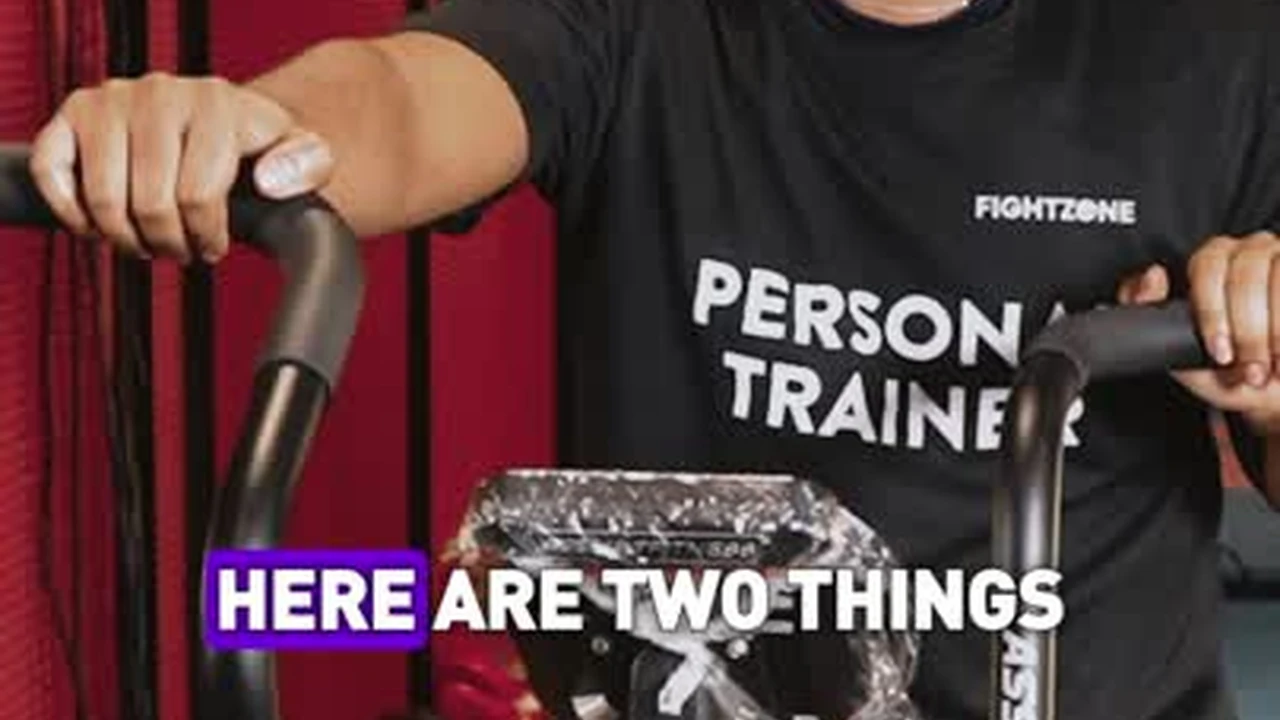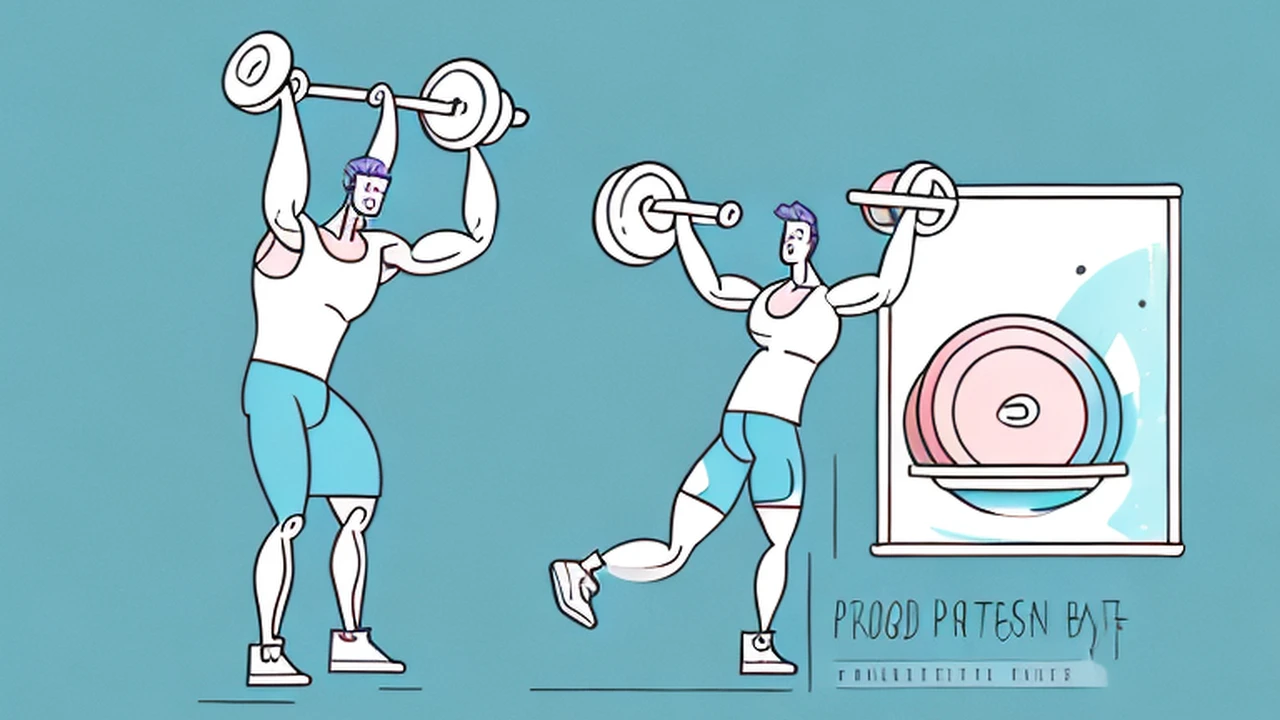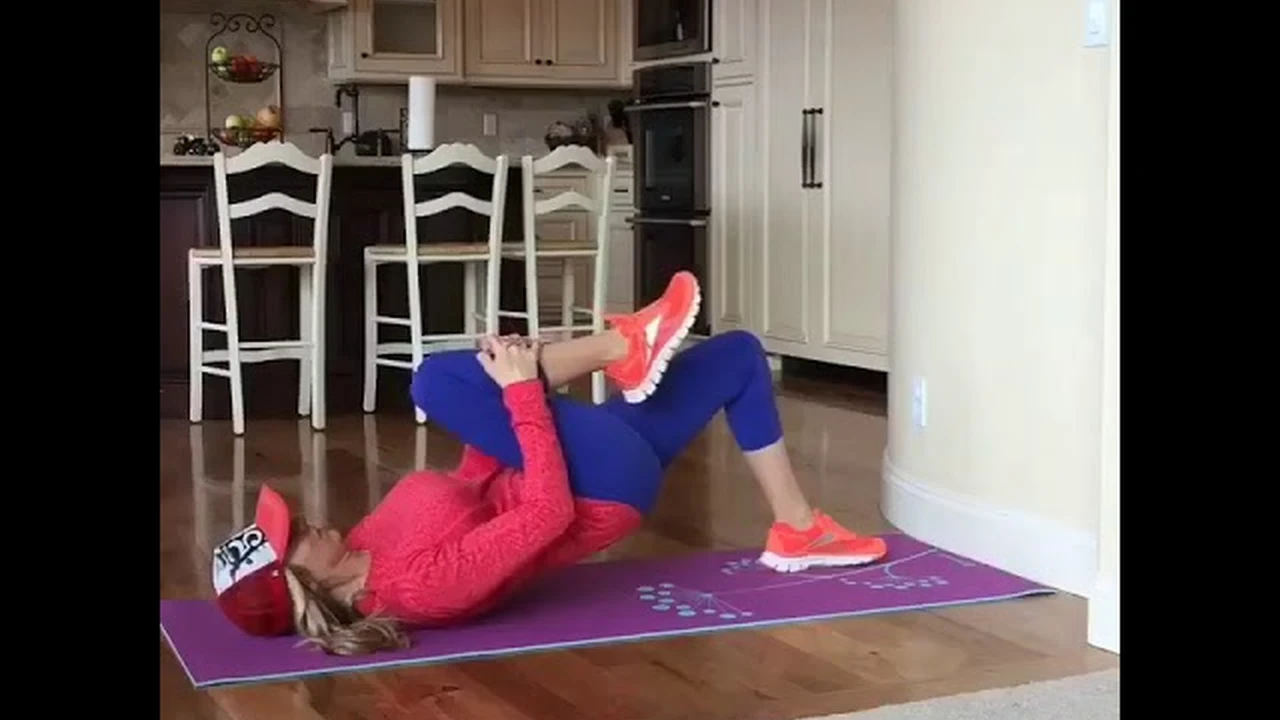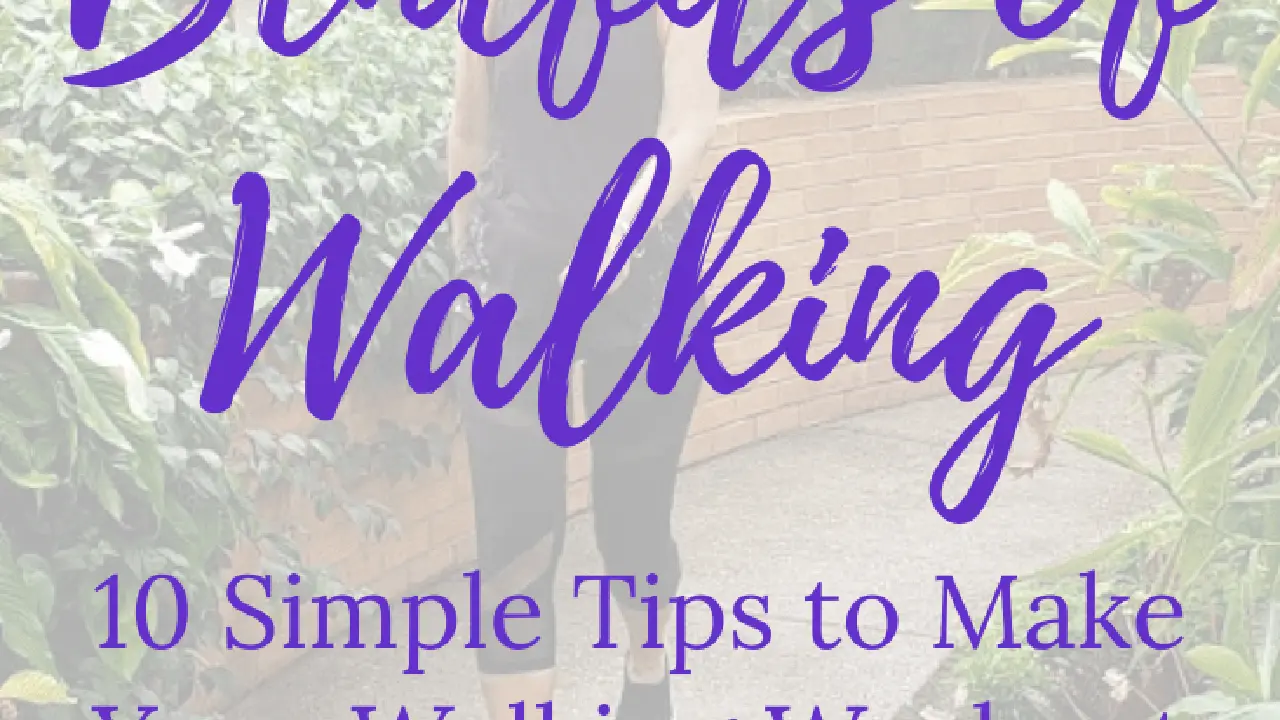The Importance of Rest Days: Allow Your Body to Recover
Sample meta description.

Why Rest Days are Crucial for Muscle Recovery and Growth
Alright, let's talk about rest days. I know, I know, you’re probably thinking, "Rest? But I wanna get jacked!" Trust me, taking it easy is just as important as hitting the gym hard. Think of your body like a car. You can't just floor it everywhere without eventually needing to refuel and get some maintenance done, right? Muscle recovery is key to growth, and rest days are where the magic happens. When you workout, you're actually tearing down muscle fibers. Rest allows your body to repair and rebuild those fibers, making them bigger and stronger. Skipping rest days is like trying to build a house on a shaky foundation. It's just not gonna work. You'll end up fatigued, injured, and probably pretty grumpy.
Overtraining Symptoms Ignoring Rest and Recovery
So, how do you know if you're overdoing it? Watch out for these signs of overtraining. First, persistent muscle soreness that just won't go away. We're not talking about the normal DOMS (Delayed Onset Muscle Soreness) that kicks in a day or two after a tough workout. This is a deep, nagging ache that lingers. Second, decreased performance. Are you struggling to lift the same weight you used to? Are your runs getting slower? That's a red flag. Third, fatigue. Feeling tired all the time, even after getting plenty of sleep? That's your body screaming for a break. Other symptoms can include irritability, difficulty sleeping, loss of appetite, and even a weakened immune system. Listen to your body! It's smarter than you think.
Active Recovery vs Passive Recovery Choosing the Right Approach
Rest days aren't just about sitting on the couch and binge-watching Netflix (although, that's perfectly acceptable sometimes!). There are two main types of rest: active and passive. Passive recovery is exactly what it sounds like: complete rest. Think napping, reading a book, or just chilling out. Active recovery involves light activity, like a gentle walk, stretching, or yoga. The goal is to increase blood flow to your muscles, which helps with recovery. Which one is better? It depends on your body and what you feel like you need. After a particularly intense workout, passive recovery might be best. On other days, a little bit of light activity can do wonders.
Nutrition for Muscle Recovery Fueling Your Body Post Workout
What you eat on your rest days is just as important as what you eat on your workout days. Your body needs fuel to repair and rebuild muscle tissue. Focus on protein-rich foods, like chicken, fish, eggs, and beans. Protein provides the building blocks (amino acids) that your muscles need. Also, don't forget about carbohydrates. Carbs replenish glycogen stores, which are depleted during exercise. Good sources of carbs include fruits, vegetables, and whole grains. And of course, stay hydrated! Water is essential for all bodily functions, including muscle recovery. Aim for at least eight glasses of water a day.
Sleep and Muscle Recovery The Importance of Quality Sleep
Sleep is when your body does most of its repair work. While you're sleeping, your body releases growth hormone, which helps to rebuild muscle tissue. Aim for at least 7-8 hours of quality sleep per night. Create a relaxing bedtime routine to help you wind down before bed. Avoid caffeine and alcohol before bed, and make sure your bedroom is dark, quiet, and cool. A good night's sleep can make a huge difference in your recovery and performance.
Rest Day Activities Beyond the Couch Staying Active and Engaged
Rest days don't have to be boring! There are plenty of things you can do to stay active and engaged. Go for a walk in nature. Spend time with friends and family. Read a book. Work on a hobby. The key is to do something that you enjoy and that helps you to relax and de-stress. Avoid anything that's too strenuous or that puts too much stress on your body. Remember, the goal is to recover, not to burn yourself out.
Recommended Products for Enhanced Recovery and Rest
Now, let's talk about some products that can help you enhance your recovery. These aren't essential, but they can definitely make a difference.
Foam Rollers for Muscle Soreness and Flexibility
Foam rolling is a great way to release muscle tension and improve flexibility. It's like giving yourself a massage. There are tons of different foam rollers on the market, but I recommend the TriggerPoint GRID Foam Roller. It has a unique grid pattern that helps to target specific muscle groups. You can use it on your legs, back, arms, and pretty much anywhere else you're feeling sore. The TriggerPoint GRID Foam Roller typically sells for around $35-$40. Another option is the AmazonBasics High-Density Round Foam Roller. It's a more basic model, but it's also more affordable, usually costing around $15-$20. The TriggerPoint is better for deep tissue massage, while the AmazonBasics roller is better for general muscle soreness.
Massage Guns for Targeted Muscle Relief
Massage guns are another great option for relieving muscle soreness. They use rapid percussions to target specific muscle groups. The Theragun Pro is a top-of-the-line massage gun that's used by professional athletes. It has adjustable speed settings and multiple attachments for targeting different muscle groups. However, it's also quite expensive, typically selling for around $600. A more affordable option is the Hypervolt Go 2. It's smaller and lighter than the Theragun Pro, but it still provides powerful percussions. It usually sells for around $200. The Theragun Pro is better for serious athletes who need deep tissue massage, while the Hypervolt Go 2 is a good option for everyday use.
Compression Gear for Improved Circulation and Reduced Swelling
Compression gear can help to improve circulation and reduce swelling. Compression socks and sleeves are popular among runners and other athletes. They can help to reduce muscle fatigue and soreness. The CEP Compression Socks are a popular choice. They provide graduated compression, which means that the compression is tighter at the ankle and looser at the calf. This helps to improve blood flow back to the heart. They typically sell for around $40-$50. Another option is the Pro Compression Marathon Socks. They are slightly more affordable, usually costing around $30-$40. CEP socks are known for their durability, while Pro Compression socks offer a wider variety of colors and designs.
Supplements for Muscle Recovery and Repair
While a healthy diet is the foundation of muscle recovery, some supplements can help to enhance the process. Creatine is a popular supplement that helps to increase muscle strength and power. It can also help to reduce muscle soreness. Whey protein is another popular supplement that provides the building blocks (amino acids) that your muscles need to repair and rebuild. BCAAs (Branched-Chain Amino Acids) are essential amino acids that can help to reduce muscle soreness and fatigue. Always consult with a doctor or registered dietitian before taking any supplements.
Sleep Aids for Improved Sleep Quality
If you're struggling to get a good night's sleep, there are some sleep aids that can help. Melatonin is a natural hormone that helps to regulate sleep. Magnesium is a mineral that can help to relax muscles and promote sleep. Chamomile tea is a herbal tea that has calming effects. Again, consult with a doctor before taking any sleep aids, especially if you have any underlying medical conditions.
Incorporating Rest Days into Your Workout Routine
So, how often should you take rest days? It depends on your training intensity, your fitness level, and your individual needs. As a general rule, aim for at least one rest day per week. If you're doing intense workouts, you might need two or even three rest days per week. Listen to your body and adjust your routine accordingly. Don't be afraid to experiment and find what works best for you. Remember, rest is not a sign of weakness. It's a sign of intelligence. It's an investment in your long-term health and fitness.
:max_bytes(150000):strip_icc()/277019-baked-pork-chops-with-cream-of-mushroom-soup-DDMFS-beauty-4x3-BG-7505-5762b731cf30447d9cbbbbbf387beafa.jpg)






